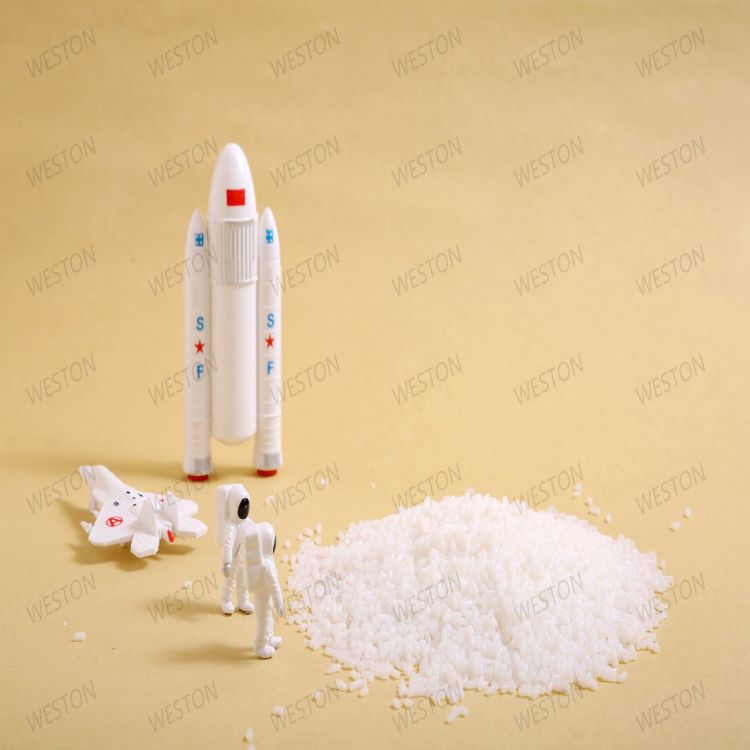-
Categories
-
Pharmaceutical Intermediates
-
Active Pharmaceutical Ingredients
-
Food Additives
- Industrial Coatings
- Agrochemicals
- Dyes and Pigments
- Surfactant
- Flavors and Fragrances
- Chemical Reagents
- Catalyst and Auxiliary
- Natural Products
- Inorganic Chemistry
-
Organic Chemistry
-
Biochemical Engineering
- Analytical Chemistry
-
Cosmetic Ingredient
- Water Treatment Chemical
-
Pharmaceutical Intermediates
Promotion
ECHEMI Mall
Wholesale
Weekly Price
Exhibition
News
-
Trade Service
Carbon is one of the most important elements on our planet, and carbon atoms have an extremely light atomic mass and extremely strong covalent bonds
.
Carbon is one of the most diverse elements in the periodic table.
It can bond with itself or almost all elements in a variety of hybrid ways to obtain a carbon network with rich structures.
Many carbon molecules have a unique π-electron conjugated system.
, and exhibits excellent properties such as force, heat, light, and electricity
.
Carbon material has always been regarded as a future material, and some material scientists even believe that human society will move from the current "silicon-based electronics era" to the future "carbon-based electronics era"
.
By tuning the band gap of carbon materials, they can exhibit different electrical properties (such as metals, semiconductors, and insulators), and thus have a wide range of applications in transistors, energy storage devices, and superconductivity
.
The properties of carbon materials are closely related to their topological structures.
Therefore, it is of great significance to study new two-dimensional carbon allotropes, especially new structures with band gaps, and to establish the relationship between structure and physical properties
.
The preparation of new carbon materials has always been a frontier scientific issue in the field of materials.
Every discovery of new carbon materials represented by fullerenes, carbon nanotubes, graphene, and graphdiyne has triggered a research upsurge of materials scientists
.
In 1985, Robert F.
Curl, Jr, Harold Kroto and Richard E.
Smalley discovered C 60 (the 1996 Nobel Prize in Chemistry); in 2004, Andre Geim and Konstantin Novoselov successfully separated graphene from graphite (2010 Nobel Prize in Physics 2000)
.
Substances composed of the same element exhibit different physical and chemical properties due to different atomic arrangements, which are called allotropes
.
Carbon has various allotropes, including diamond, graphite, fullerenes, carbon nanotubes, graphene, and graphdiyne
.
On June 16, the team of Zheng Jian, a researcher at the Institute of Chemistry, Chinese Academy of Sciences, published a new achievement titled Synthesis of a monolayer fullerene network in the international academic journal Nature
.
This work created a new type of carbon allotrope single crystal-monolayer polymerized C 60
under normal pressure through simple reaction conditions .
This is a brand-new clustered two-dimensional superstructure, which consists of C60 cluster cages covalently bonded to each other through C-C bonds on a plane to form a regular topology
.
This new carbon material has high crystallinity, good thermodynamic stability, and moderate forbidden band width, which provides a new idea for the research of carbon materials
.
So far, the smallest unit for building two-dimensional materials is a single atom, and nanoclusters called artificial atoms are used as the basic unit to build more advanced two-dimensional topological structures
.
Since the reaction yield of carbon-carbon bond formation is not 100% and the reaction is irreversible, it is almost impossible to prepare two-dimensional clustered carbon material single crystals by bottom-up molecular "brick-building" method using traditional chemical reactions
.
Zheng Jian's research group has successfully prepared a single-layer two-dimensional polymer C 60 single crystal using a two-step doping polymerization-exfoliation method for 5 years, and obtained a solid valence bond structure
.
By adjusting the ratio of magnesium (Mg) and C60 , they prepared two closely-arranged Mg-intercalated polymer single crystals of quasi-hexagonal and quasi-tetragonal phases at atmospheric pressure, through a new organic cation slicing strategy, using Tetrabutylammonium salicylate was used as the cleavage reagent to exfoliate the monolayer C60 polymer from the quasi-hexagonal phase structure
.
The researchers used single crystal X-ray diffraction (XRD) and scanning transmission electron microscopy (STEM) to characterize the structure of the monolayer C60 polymer, and the results showed that the single bond between C60 and [2+2] The cycloadditive quaternary ring bridge bonds are connected in-plane to form a novel two-dimensional topological superstructure
.
The band gap of monolayer polymeric C60 is about 1.
6 eV, which is a typical semiconductor, indicating its potential application in optical/electrical semiconductor devices
.
In addition, the structure has good thermodynamic stability and is still stable at about 600K (326.
85°C)
.
Due to the asymmetric bonding structure, each C60 unit in the monolayer polymerized C60 is stretched into an ellipsoid with a uniform orientation, thus enabling this new carbon material to exhibit remarkable planar anisotropy, such as anisotropic phonons modes and electrical conductivity, implying that the material may have applications in nonlinear optics and functionalized electronics .
In addition, due to its unique conjugated carbon structure, huge superlattice and porous framework structure, the two-dimensional clustered carbon material may also be used in the fields of superconductivity, quantum computing, spin transport, information and energy storage, catalysis, etc.
Has potential application value .
The research work was independently completed by the Organic Solid State Laboratory of the Chinese Academy of Sciences
.
This work was supported by the National Key Research and Development Program of the Ministry of Science and Technology of the Nanoscience Project, the National Natural Science Foundation of China, the Strategic Pilot Science and Technology Project of the Chinese Academy of Sciences, and the Beijing National Research Center for Molecular Sciences
.
Figure a: Schematic diagram of the single crystal structure of quasi-hexagonal polymerized C 60 , each C 60 is covalently connected to the surrounding 6 C 60
through CC bonds .
Panel b: STEM picture of monolayer aggregated C60 , C60 cage clusters are shown as rings in the STEM picture
.







